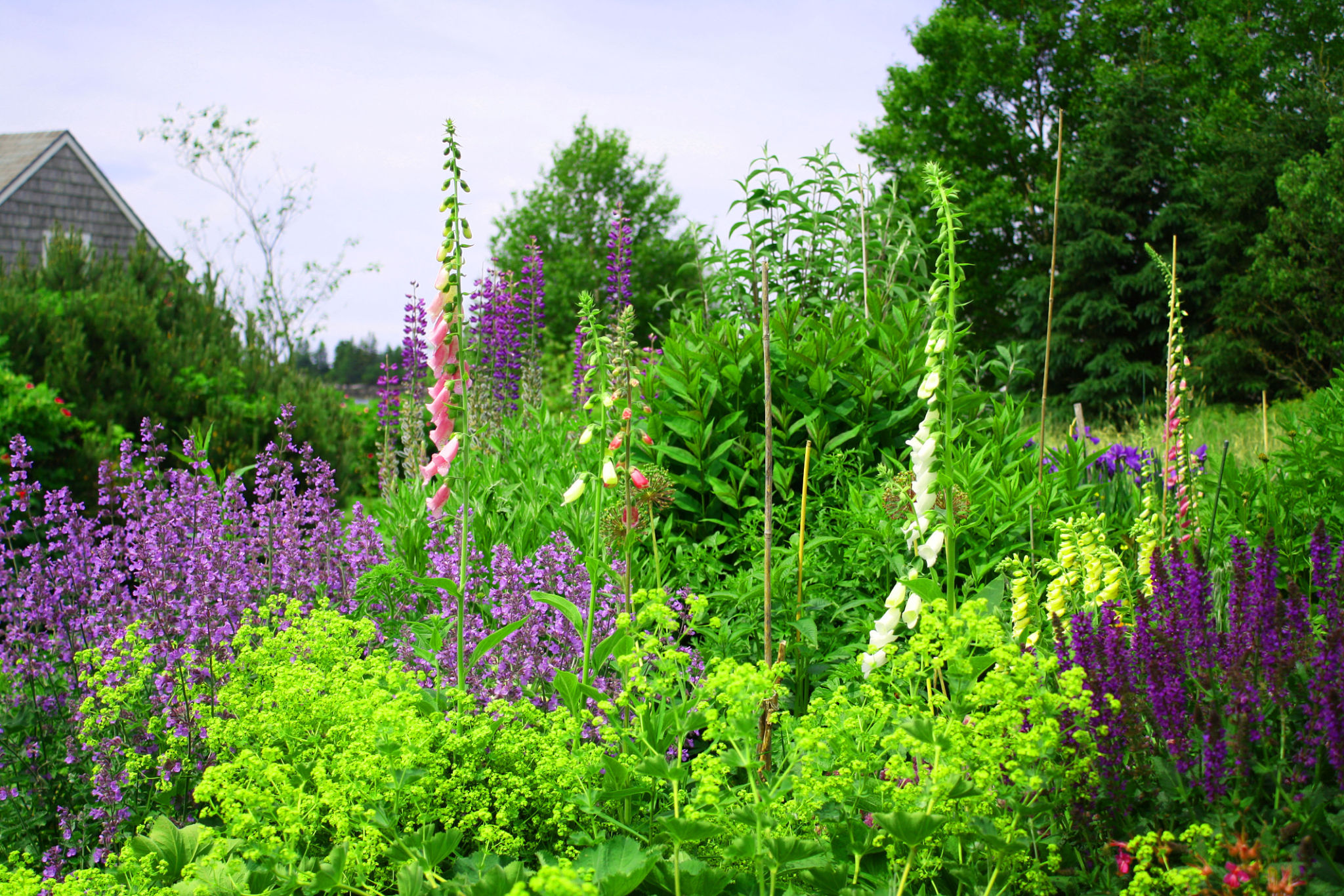Top Tips for Homeowners to Improve Bio-Swale Projects Before Applying for Grants
Understanding Bio-Swales
Bio-swales are an effective and environmentally friendly way to manage stormwater runoff. They help filter pollutants, promote groundwater recharge, and prevent erosion. For homeowners looking to implement or improve bio-swale projects, especially before applying for grants, understanding the basics is crucial.
Bio-swales are essentially landscape elements designed to concentrate and convey stormwater runoff while removing debris and pollution. They are typically shallow, vegetated channels that use natural processes to manage water. By enhancing the effectiveness of your bio-swale, you increase the likelihood of securing funding through grants.

Conduct a Site Assessment
The first step in improving your bio-swale project is conducting a thorough site assessment. Understanding the unique characteristics of your property will help tailor the bio-swale design to effectively manage stormwater. Consider factors such as soil type, topography, and existing vegetation.
It's also important to assess the flow of water during heavy rains. Identifying areas where water collects or causes erosion will help guide the placement and design of your bio-swale. An accurate site assessment ensures that your bio-swale is both functional and efficient.
Select Appropriate Vegetation
Choosing the right plants is essential for a successful bio-swale. Native plants are often recommended as they are well-adapted to local climates and soil conditions. They provide a habitat for wildlife and help filter pollutants from the water.
When selecting vegetation, consider plants with deep root systems that can stabilize the soil and tolerate both wet and dry conditions. A diverse selection of plants will enhance the bio-swale's ability to filter runoff effectively.

Design for Maximum Efficiency
The design of your bio-swale should maximize water filtration and retention. Incorporate features such as check dams or berms to slow down water flow and increase infiltration. This helps reduce the volume of runoff reaching storm drains or water bodies.
Ensure that the bio-swale has a gentle slope to allow water to flow slowly through the system. This not only improves filtration but also encourages sediment deposition, reducing the need for frequent maintenance.
Implement Regular Maintenance
Regular maintenance is key to keeping your bio-swale functioning effectively. This includes removing debris, controlling invasive species, and ensuring that vegetation remains healthy. Regularly inspect the bio-swale for signs of erosion or blockages.
Maintenance activities can vary seasonally, so it's important to develop a schedule that addresses different needs throughout the year. Keeping detailed records of maintenance activities can also support your grant application by demonstrating a commitment to long-term sustainability.

Engage with Local Experts
Consulting with local experts or organizations can provide valuable insights into improving your bio-swale project. They can offer guidance on best practices, recommend local plant species, and help troubleshoot any issues that arise.
Collaboration with environmental organizations or community groups might also strengthen your grant application by showing community engagement and support.
Highlight Project Benefits in Grant Applications
When applying for grants, clearly articulate the environmental benefits of your bio-swale project. Highlight how it improves water quality, reduces flood risk, and enhances local biodiversity.
Providing data or case studies from similar projects can strengthen your application by demonstrating proven benefits. Be sure to emphasize any unique aspects of your project that align with the goals of the grant program.
Conclusion
Improving your bio-swale project before applying for grants not only enhances its environmental impact but also increases your chances of receiving funding. By conducting a thorough site assessment, selecting appropriate vegetation, designing for efficiency, maintaining regularly, engaging with experts, and effectively showcasing benefits in applications, homeowners can create a compelling case for their projects.